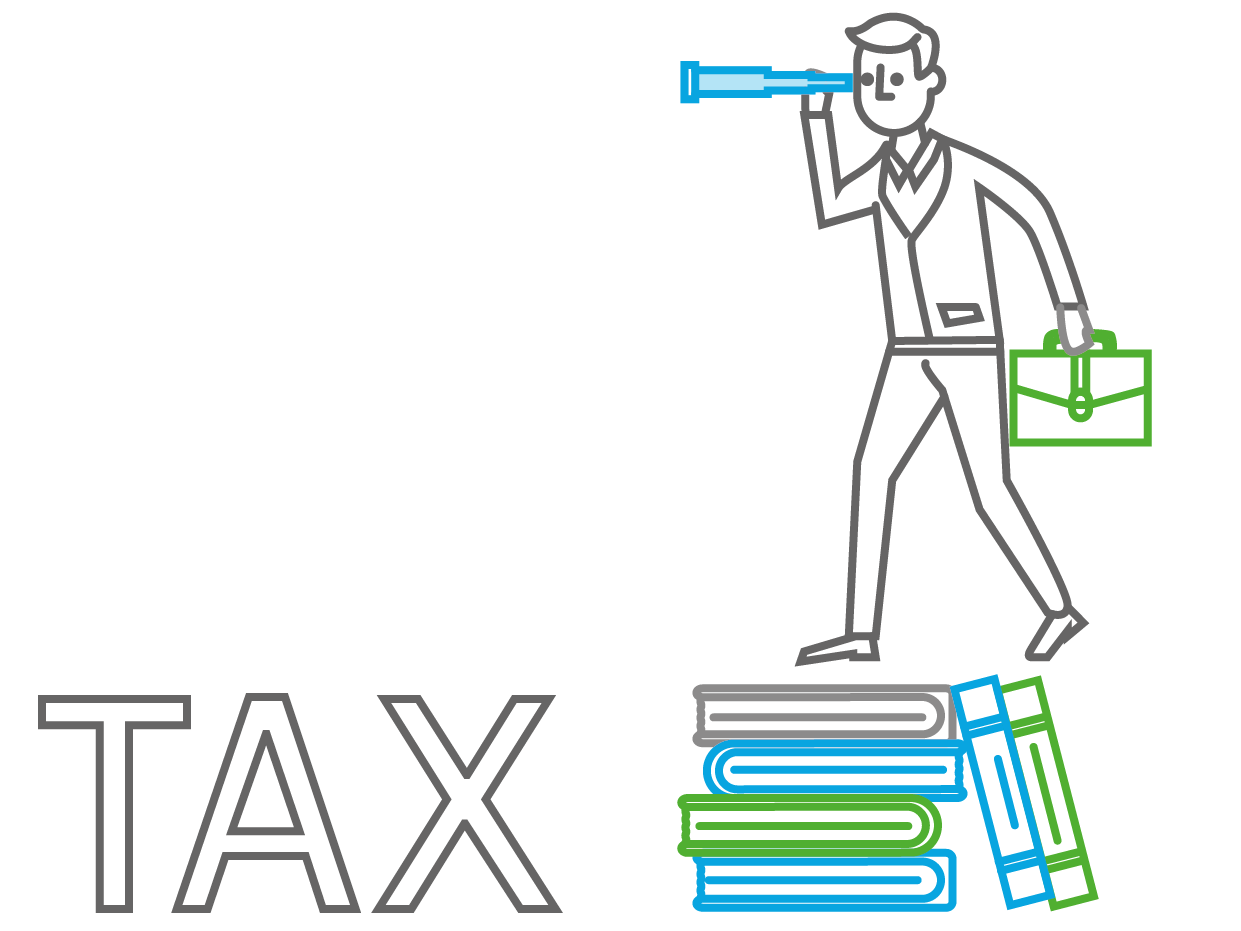The split payment is a mechanism which was introduced in the Polish legal system with the Value Added Tax Act Amendment Act of 15 December 2017 (Journal of Laws of 2018 item 62), based on solutions used in other European countries (Czech Republic, Turkey, Romania, Italy). However, Polish solution is innovative in many aspects, using solutions that were not yet attempted elsewhere. For this reason in the first phase of operation the split payment system will be voluntary, and the Finance Ministry will be monitoring the effects of its introduction (not only fiscal impacts, we hope).
The introduction of the split payment mechanism is one of the most significant changes to VAT tax in 2018, which we have been carefully tracking since the first draft was published (read it here). We have also discussed main assumptions of the Polish split payment model (read about it here).
In this article we will present the individual issues related to the split payment mechanism in more detail, which on 1 July 2018 will enter into force as law — the details can be found in Chapter 1a, in Article 108a–108d of the Value Added Tax Act of 11 March 2004 (that is, of 26 May 2017, Journal of Laws of 2017 item 1221, hereinafter referred to as: UPTU).
First things first — what is a split payment?
The split payment mechanism is an additional form of settlement of receivables resulting from received invoices, which may be used between contracting parties which conduct business with each other to pay for an invoice with an indicated VAT tax.
It should be emphasised that split payment may apply only to transactions made to other taxpayers, that is in B2B(business to business) relationships. It may thus not be used in B2C (business to consumer) transactions.
The essence of split payment is the division of payment for the purchased goods or services. The payment of an amount corresponding to the entire or partial tax amount from the obtained invoice is performed using a separate VAT account, whereas the payment of the entire or partial amount corresponding to the net sales value is paid to the current normal settlement account (or a credit and savings union) of the supplier or is settled in another manner. The split payment mechanism applies only to settlements made by bank transfer, it does not apply to e.g. credit cards, remittances, bills of exchange, cash, setoffs, deductions. The VAT account will be created for every VAT payer automatically, by its bank or credit and savings union, without the need for any additional formalities. The taxpayers do not have to provide the tax office with information on their new VAT invoice.
The UPTU provisions do not indicate that the payments made using a split payment mechanism have to always be transferred to the VAT invoice of the seller of a given good or service. The payment in this system may also be made to an account of another entity (not the one who delivered the good or service). Therefore, a protection mechanism was provided (Article 108a.5 of UPTU), in accordance with which making a transfer in the split payment system to a taxpayer which is not the actual supplier of good or service results in automatic joint and several liability for the tax with the actual supplier of good or service (unless an immediate return of the obtained amount is performed or an immediate transfer is made to the account of the actual supplier).
Not that much into finance and taxes but overwhelmed by documents you’re not sure how to read?
FIND OUT MORE
The payments from the recipients of goods and services (purchasers) to the VAT account will be made using a dedicated “transfer message” (mask) provided by the banks. The purchaser does not have to know the supplier’s VAT account number, since they will indicate the settlement account of the supplier on the transfer. If this special transfer is selected, then it is necessary to specify the gross amount from the invoice, the VAT tax amount (any, not necessarily proprtional to the used amount), the number of the invoice for which the payment is made and the NIP Tax ID No. of the supplier.
The split payment mechanism is optional — the purchaser of the goods or services may (but is not required) to use a transfer message which separates the VAT amount to a separate VAT account of the supplier. The Finance Ministry has strongly emphasised the voluntary nature and significant discretionary scope of the use of the split payment mechanism. There is basically only a single restriction, though a significant one, that a single payment (a single split payment transfer) may apply only to a single invoice, which means the increase of the costs of bank operations (excluding “package transfers”). When still using the current form of payment, the entrepreneur may use a single transfer to pay for 10 invoices, whereas when choosing the split payment system it will be necessary to make at least 10 single transfers and to pay for each of them.
The voluntary nature of split payment and of the use of their funds by purchasers is not restricted in any other manner — they decide which invoices, with which suppliers and in what part are being paid using the split payment mechanism. The purchasers may also decide to only pay the VAT tax using a split payment, for example when they are not satisfied with the quality of provided service.
What are the goals and consequences of the split payment mechanism?
The main goal of introducing the split payment mechanism was to increase VAT receipts, and thus closing the VAT gap, which is the difference between the value of the total VAT commitments and the value of the actual receipts. The split payment mechanism provides the possibility of:
- monitoring payment transactions using STIR system algorithms, and thus the possibility of processing valuable data in order to indicate possible fraudsters,
- rapid retention of financial funds within the country, and thus preventing the rapid transfer of funds from VAT scams abroad.
The split payment mechanism provides for the control of flows of VAT funds, which is intended to limit tax fraud.
What characterises a VAT account?
The VAT account is an account created and kept in the Polish currency (PLN) by banks and credit and savings unions (hereinafter: SKOK) for each taxpayer with a settlement account, without signing additional agreements with the owners of current settlement accounts and accounts with credit and savings unions and without additional payments and commissions for the bank. The owners of current settlement accounts may request a larger number of VAT accounts. It should be noted that the interest on a VAT account and the terms and dates for notification of the account balance are purely arbitrary. No payment instruments are issued to the VAT account (e.g. payment cards).
The payments from the recipients of goods and services (purchasers) to the VAT account will be made using a dedicated “transfer message” (mask) provided by the banks — the message will include:
- the amount corresponding to the entirety or part of the VAT amount resulting from the invoice, which is to be paid using the split payment mechanism,
- the amount corresponding to the entire and part of the gross sale value,
- the number invoice, in relation to which the payment is made,
- number used to identify the supplier of goods or services for tax purposes.
The VAT account may receive payments (be credited) solely for:
- the payment of amount corresponding to the VAT amount, when using the transfer message,
- VAT payment by the taxpayer for intra-Community acquisition of engine fuels (article 17a and Article 103.5a of UPTU),
- the transfer of funds from another VAT account of the owner of a VAT account kept in the same bank,
- VAT return from a supplier of goods or services resulting from a correction invoice in minus,
- returning the excess tax calculated above the due tax (VAT difference) performed by the tax office.
Whereas the VAT account may be debited only for:
- the payment of an amount corresponding to the entire or partial VAT tax amount for the purchase of goods or services to the supplier's VAT account,
- return of the VAT amount resulting from an in minus correction of one’s own sale invoice,
- payment of due tax or additional tax obligation (VAT sanction, Article 112b and Article 112c UPTU), or interest on the delay in VAT payment, or interest on the delay in an additional tax obligation payment — to the tax office account,
- payments to the taxpayer for ICA of engine fuels,
- VAT payments for other party's delivery or other party's service — to a supplier's VAT account,
- return of an unduly received VAT account payment, using a transfer message,
- transfer of funds between own VAT accounts in the same bank,
- transfer of funds to a settlement account, in accordance with the decision made by the head of a tax office — as a result of a motion to return VAT for free disposal, within the standard deadline of 60 days (Article 87.2 UPTU).
Therefore it should be emphasised that the possibility to dispose of funds in the VAT account by its owner is significantly limited. At the same time the tax authority is not able to directly dispose of those founds.
For example, in the case of erroneous transfer of an excessively high tax amount to the supplier's VAT account, the purchaser may negotiate the return of overpaid amount from their normal settlement account with the supplier or a return to their VAT account. Whereas in the case of a transfer of funds to the VAT account of incorrect entrepreneur, the transferred amount will be returned to the VAT account of the entity which has made the erroneous transfer. Thus, all returns which are a consequence of in minus corrections (e.g. resulting from a smaller amount of the delivered goods, narrower scope of performed services, an accepted claim, a return of goods or non-acceptance of service due to its improper performance) have to be made to the VAT account in the part of the amount corresponding to the tax. Thus the amounts which enter the circulation of VAT invoices cannot easily leave this circulation.
The risk of loss of financial liquidity of entrepreneurs which use the split payment is the most significant charge raised against the idea of the new form of settlement of dues resulting from the received invoices. Time will tell whether those fears were justified.
Subscribe to RSM Poland Newsletter to stay up-to-date on all legal, financial and tax matters. Benefit from the expertise of our professionals.
Subscribe
If you have any questions or need to discuss the topic, you are strongly encouraged to contact our expert, Przemysław POWIERZA:
e-mail: ekspert@rsmpoland.pl
tel. +48 61 8515 766
fax +48 61 8515 786


